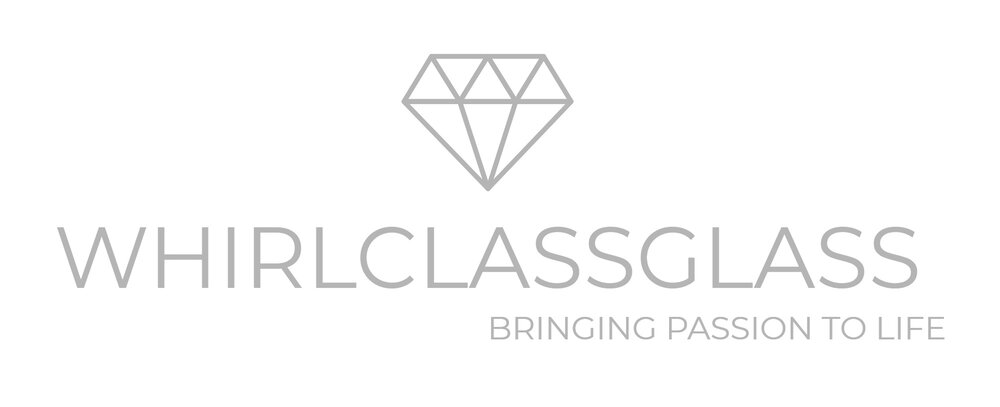Opulence
Tempo
Tempo; Spans across the Devonian gardens over three separate locations of water: the Boardwalk, Goldfish pond and Koi pond. It emphasizes the erratic qualities of water and the way it refracts light. Mirrored by the glass, its capability to attain unusual forms whilst maintaining a connection with light. A study that engulfs the viewer in the language of glass through the capricious demise of a piece of mother nature. The process of making these is an obscure one that speaks to the conceptual umbrella of opulence and its content. Glass is a reactive material in its molten state. Gravity and centrifugal force are both vigorous in this process. The procedure is repetitive, experimental and destructive. This work stems from the ideology of breaking away from tradition and finding a new unconventional process. A ladle of hot molten glass is poured onto a steel table to form a circular patty, then this patty is picked up and flipped onto the top of the log. As the glass starts to engulf the wood, centrifugal force is added to the recipe. The wood endures the persistent heat, although perishable, it’s recollect lives on. An authentic consequence of divided energy in a split moment of time. Two materials revel in the release of centrifugal force, preserving the humble, impermeable moment of time in the solid, cold glass. Now transposed into a different environment, transmitting light, established for eternity.
These discoveries have taken their physical form, suspended individually and hung from the ceiling as a celebration of water and its pervasive interaction with light. The centrifugal hot glass castings are tension set into place and secured like the spinal cord of time, each vertebra a necessity and universally revolved. It speaks to the cellular construction of time ticking past. Though the work is not meant to focus on the metal, it is considered. The constricting aspects of the steel and tight spacing represent the perpetual pendulums of unabated time.
Umbra
Umbra; is constructed from recycled glass. The name comes from the Latin language and translates to shadow of a tree. The foundation of my work surrounds the permanent impressions left and deterioration of what once was. In this instance, my attention is driven by details absorbed through nature's discourse. Whether it is the natural attrition in social situations or a wider exploration into the pursuit of inflicted and observed reactions, the unshackling of these observations explore the relationship glass can have with light. The supercilious heat of the glass will always take something away from the wood. Though glass is incompatible with most foreign material, I know that the relationship between wood and glass can be harmonious. The wood is found present in the finished product, embedded and integrated into the glass. Often, I will take the wood and reduce its form to ashes. Knowing it will submit itself to the glass plays a large part in the pairing of these two materials. The wood has no choice, it will succumb to the heat of the glass. It will deteriorate. In a metaphorical sense, this is an investigation into the preservation of our environment and our irrevocable eminence left behind. Each piece of glass was hot poured into the crevasse of a found log. This process was repeated until the wood could no longer hold the glass. The permanent print of an exchange.
Lumina
Lumina; is a mixed media sculpture that consists of 11 hot glass castings and a 12-foot hand made steel frame. Each piece of glass was hot poured into the crevasse of a found log. This process was repeated until the wood could no longer hold the glass. As individual castings, each are approximately one foot wide and six inches in length, standing approximately three inches in height. All are individually tension set onto this tall thin steel frame in chronological order. A conversation about time and repetition divulges the impressions that are left on our environment. The concept of the human experience versus mother nature lends itself to the creative process of Lumina. This work is not about making choices or to manipulate a specific form from the glass. The variables that stay the same throughout the process represent the pulse of time. This allows the glass to have its moment inside the wood, devouring parts of it with its supreme heat that lends itself in its reflection to the effect we have on our environment. The wood speaks to the impact left on mother nature. The impressions that are left in the glass are an imprint of its interaction with the wood, forever preserving parts of it. However, the glass represents industry and how all consuming we can be as humans. Lumina is a collection of frozen moments in time that offer us an opportunity to examine one's impact on the environment today.



